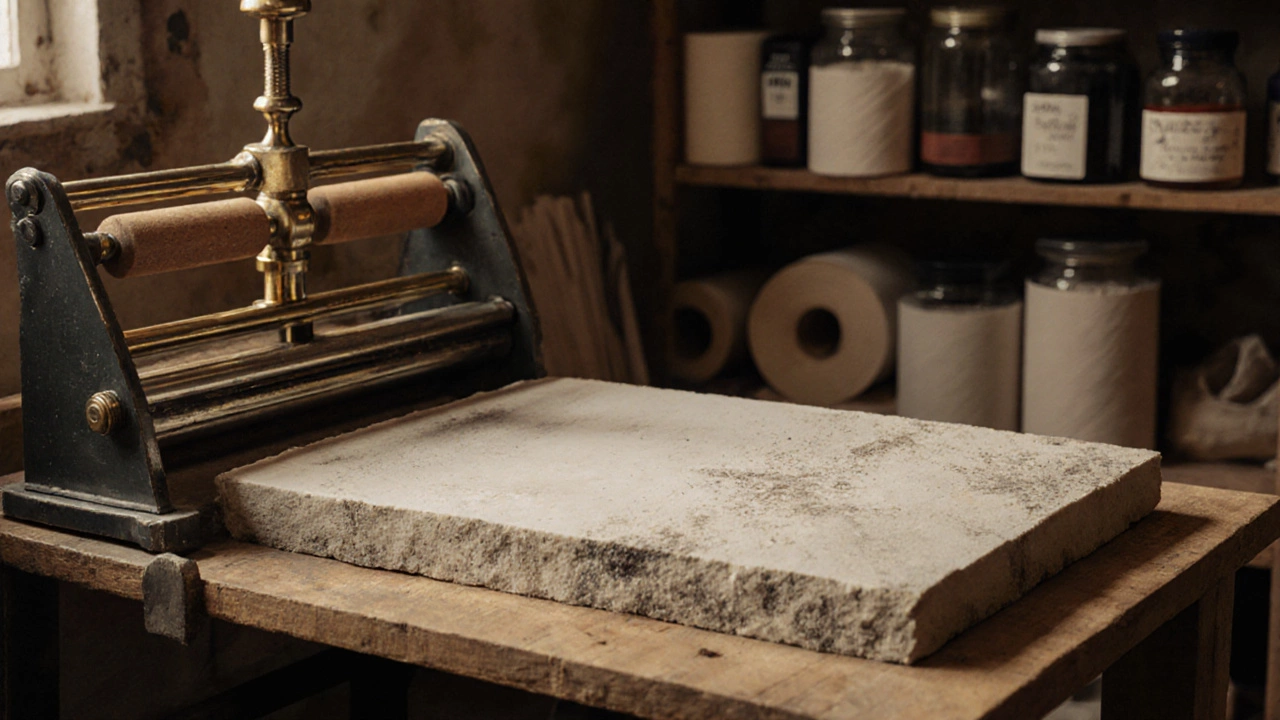Paper Type: How to Pick the Perfect Surface for Your Art
When working with Paper Type, the classification of paper based on weight, texture, and composition that determines its suitability for different media. Also known as paper variety, it shapes how paint, ink, or charcoal behaves on the surface. Understanding paper type helps you avoid wasted supplies and frustration.
One of the most common companions to paper type is Canvas, a woven fabric, usually cotton or linen, stretched over a frame and primed for acrylic or oil paint. Artists often choose canvas when they need a durable, textured surface that can handle heavy layers of oil. While canvas is not a paper, both share the goal of providing a stable base for pigments, and the choice between them often comes down to the intended finish and lifespan of the work.
Why Choosing the Right Paper Matters
Another essential partner is Watercolor Paper, a heavyweight, absorbent sheet designed to hold water‑based pigments without buckling. Watercolor paper’s texture, ranging from hot‑pressed smooth to cold‑pressed rough, directly influences brushwork and color bleeding. If you pick the wrong paper type for watercolor, the paint can pool or the sheet can warp, ruining the piece before it dries.
For sketching and dry media, Drawing Paper, a lighter, often smoother stock that works well with graphite, charcoal, and ink is the go‑to. Its surface lets you achieve fine lines and shading without excessive drag. Pairing drawing paper with the correct paper type ensures your marks stay crisp and your erasing doesn’t tear the sheet.
Beyond the basics, many artists experiment with specialty papers like pastel board, mixed‑media pads, and archival rag paper. Each of these materials introduces unique attributes—like tooth, acid‑free composition, or extra weight—that interact with the medium in specific ways. Knowing how these specialty surfaces fit into the broader paper type family lets you push creative boundaries without unexpected surprises.
In the list below you’ll find guides, tips, and deep dives covering everything from portrait painting basics to the latest trends in contemporary art. Whether you’re figuring out which canvas size sells best or learning how to brighten a dull oil painting, the articles are organized to help you match the right surface and technique to your artistic goals.
